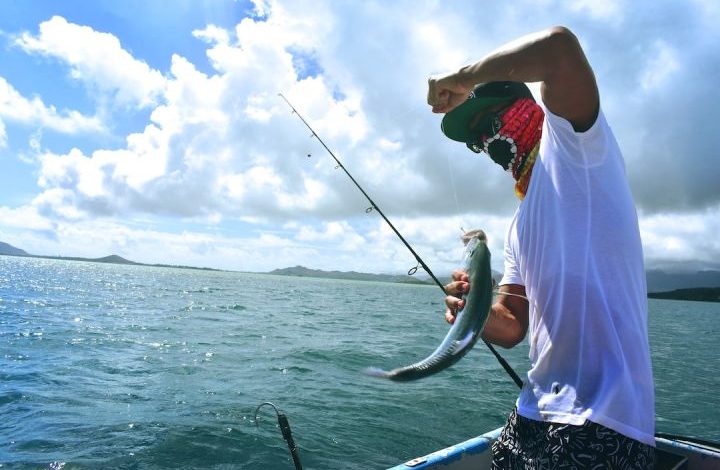How Do Migratory Patterns Affect Fishing?

Fishing is a popular activity that is not only enjoyed by enthusiasts, but also serves as a means of livelihood for countless individuals around the world. However, the success of a fishing expedition is often influenced by various factors, including migratory patterns of fish. In this article, we will explore how these migratory patterns affect fishing and the strategies that fishermen employ to maximize their catch.
Understanding Migratory Patterns
Migratory patterns refer to the regular movements of fish from one area to another. These movements are driven by a variety of factors, including changes in water temperature, availability of food, and reproduction. Fish often migrate in search of suitable habitats for feeding and spawning, and these movements can occur over short or long distances.
Impact on Fishing
The migratory patterns of fish have a significant impact on fishing activities. Fishermen need to be aware of these patterns in order to increase their chances of success. By understanding when and where fish are likely to be present, they can plan their fishing trips accordingly.
Seasonal Migrations
One common type of migratory pattern is seasonal migration. Many fish species, such as salmon and trout, undertake long journeys from their feeding grounds to their spawning grounds. During these migrations, they become highly concentrated in specific areas, making it easier for fishermen to target them. By timing their fishing trips to coincide with these migrations, fishermen can significantly increase their catch.
Locating Schools of Fish
Another way migratory patterns affect fishing is by helping fishermen locate large schools of fish. As fish migrate, they often travel in groups, known as schools, for protection and to increase their chances of finding food. These schools can be massive, containing thousands or even millions of fish. By tracking the migratory routes of fish, fishermen can identify areas where these schools are likely to be present, increasing their chances of a successful catch.
Techniques and Strategies
Fishermen employ various techniques and strategies to take advantage of migratory patterns and maximize their catch. One common strategy is trolling, where fishermen drag baited lines behind their boats while moving at a slow speed. By covering a large area and varying the depth at which the bait is presented, fishermen increase their chances of attracting fish that are migrating through the area.
Another technique is the use of fish finders or sonar devices. These devices use sound waves to detect the presence of fish underwater. By scanning the water column and identifying areas where fish are concentrated, fishermen can target their efforts more effectively.
Adapting to Changing Patterns
Migratory patterns can be influenced by various factors, including climate change and human activities. As a result, fishermen need to adapt their strategies to these changing patterns. For example, if a fish species that was previously abundant in a certain area starts to migrate elsewhere due to warming waters, fishermen may need to explore new fishing grounds or target different species.
In conclusion, migratory patterns have a significant impact on fishing. By understanding these patterns and employing the right techniques and strategies, fishermen can increase their chances of a successful catch. However, it is important for fishermen to adapt to changing patterns and be mindful of the environmental factors that influence fish migrations. With careful planning and a bit of luck, fishermen can continue to enjoy fruitful fishing expeditions for years to come.
